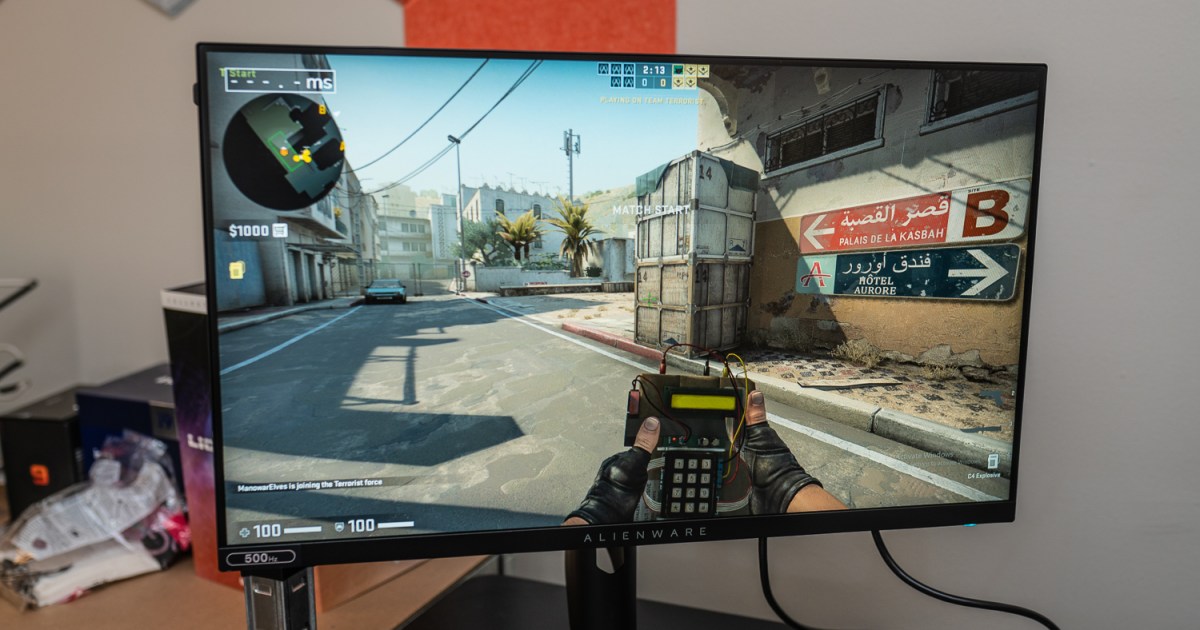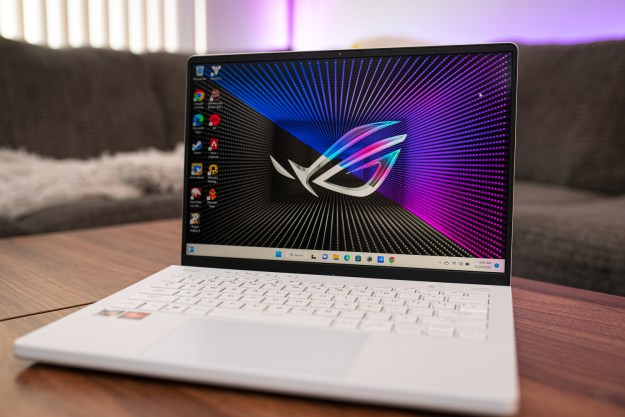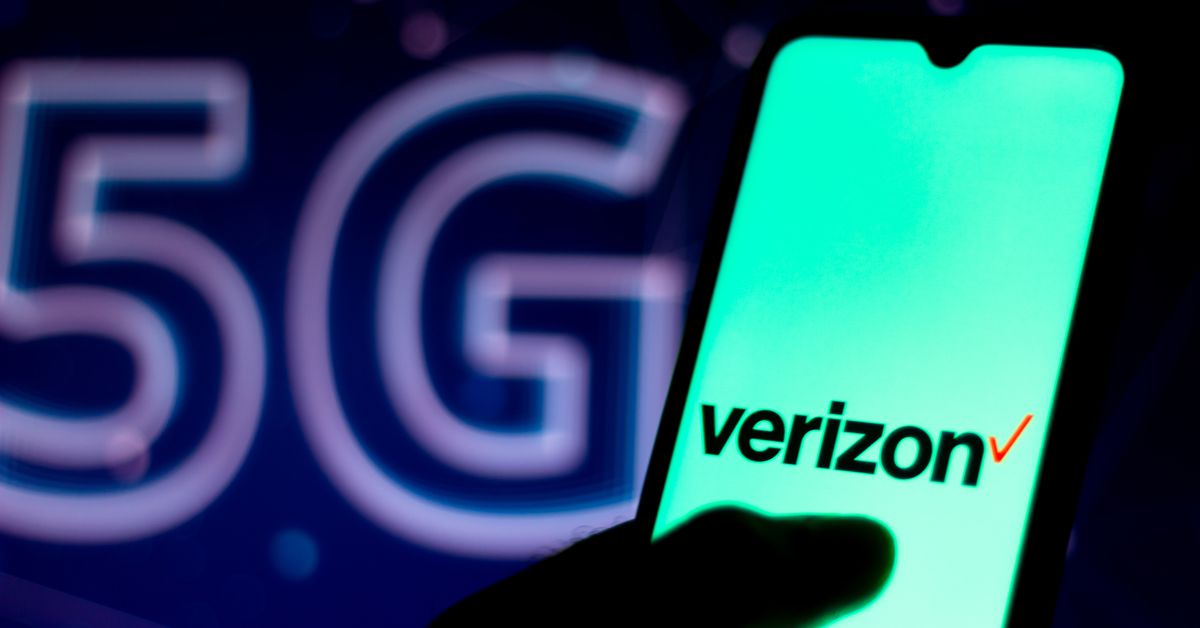AMD’s new anti-lag tech could land you with a ban in games
It's confirmed: Using AMD's new Anti-Lag+ feature in Counter-Strike 2 will result in your account being banned.

By
Jacob Roach
October 13, 2023 12:54PM 
Following some angry posts on Reddit, Valve has confirmed that using AMD’s new Anti-Lag+ feature in Counter-Strike 2 can result in a ban. The official X/Twitter account for the game confirmed that AMD customers using Anti-Lag+ will be banned, as it tampers with the files of the game.
AMD's latest driver has made their "Anti-Lag/+" feature available for CS2, which is implemented by detouring engine dll functions.
If you are an AMD customer and play CS2, DO NOT ENABLE ANTI-LAG/+; any tampering with CS code will result in a VAC ban.
Once AMD ships an update we…
— CS2 (@CounterStrike) October 13, 2023
Anti-Lag+ is a feature available in AMD’s latest version of AMD Software. It’s a complement to AMD’s Fluid Motion Frames, and it functions as a driver-level feature to reduce latency in games on RX 7000 graphics cards like the RX 7900 XTX and RX 7800 XT.
The ban results from the fact that Anti-Lag+ manipulates DLL files in the game’s directory, according to VideoCardz. The driver in question is Adrenalin 23.10.1, which added support for Anti-Lag+ in Counter Strike 2, as well as game support for Assassin’s Creed Mirage, Lords of the Fallen, and Forza Motorsport. The driver is no longer available to download at the time of publishing.
AMD has yet to comment on the situation. Counter Strike 2 is one of the games that utilizes AMD’s new HYPR-RX feature, which can enable Anti-Lag+ automatically. It’s possible players could be banned without even knowing they turned on the feature through HYPR-RX.
Valve, developer of Counter-Strike 2, says it will begin unbanning affected users once AMD has released a fix for the problem. There’s no saying how long that process will take, however, or if impacted users will actually have their accounts restored.
For AMD users playing Counter-Strike 2, we recommend avoiding the latest driver or rolling back to a previous version. For players on the latest driver, always ensure that Anti-Lag and Anti-Lag+ are turned off, both universally and for Counter-Strike 2 specifically. In addition, avoid using HYPR-RX in the game.
AMD will likely revoke the driver in short order, but we’ve never had a situation where a new piece of kit will result in accounts being banned from a widely popular game. The fact that there was no effort to avoid this situation is troubling, as there’s no guarantee that all impacted users will have their accounts restored. For now, it’s best to avoid Anti-Lag+ in any competitive titles, as it could throw up red flags to anti-cheat software.
Editors' Recommendations
I can’t get excited about AMD’s next version of FSR anymore Nvidia’s RTX 4070 is seeing big price cuts in response to AMD AMD might still have some next-gen GPUs left in the tank — but I don’t buy it AMD FSR (FidelityFX Super Resolution): everything you need to know Lenovo’s Legion Glasses promise big-screen gaming wherever you areJacob Roach is a writer covering computing and gaming at Digital Trends. After realizing Crysis wouldn't run on a laptop, he…
The success of AMD’s FSR 3 hinges on this one feature
AMD finally shared more details on its FidelityFX Super Resolution 3 (FSR 3) this week, and it's exactly what everyone was asking for. It supports frame generation, and it works across GPUs from AMD and Nvidia. The company is even releasing a driver-based version of its Fluid Motion Frames tech, potentially enabling game support for thousands of titles. It's all good stuff.
But a big question remains: How is AMD going to deal with latency?
Where in the world are all of AMD’s next-gen laptop GPUs?
I honestly forgot AMD released next-gen RDNA 3 laptop graphics cards, and I wouldn't be surprised if you did too. At the beginning of this year, the company announced a slate of next-gen graphics cards for laptops, promising they'd be out by February. The laptops -- and trust me, there are only a few -- came and went, the seasons changed, and nothing. We've had no more AMD laptops since.
I won't pretend AMD has a strong hand in the best gaming laptops. It's a place Nvidia has dominated and will likely continue to do so for generations to come, but the offerings for mobile AMD GPUs are in very short order this year. And that's especially disappointing considering the performance AMD originally claimed when it announced its RDNA 3 laptop graphics cards.
AMD isn’t just copying Nvidia’s homework with FSR 3
After nearly a year of waiting, AMD has finally shared more details on its upcoming FidelityFX Super Resolution 3 (FSR 3). If you've seen the original announcement you know what to expect -- it's AMD's FSR upscaling combined with something called Fluid Motion Frames to multiply frame rates. The big news? It works with any GPU.
Well, not technically any GPU. AMD says its Fluid Motion Frames works on anything from the original RDNA generation (RX 5000) and newer, but that includes GPUs from Nvidia and Intel. It's a much different approach than Nvidia's Deep Learning Super Sampling 3 (DLSS 3). The DLSS Frame Generation feature not only requires an Nvidia RTX GPU, but specifically one from the most recent generation like the RTX 4070.

 KickT
KickT 




































